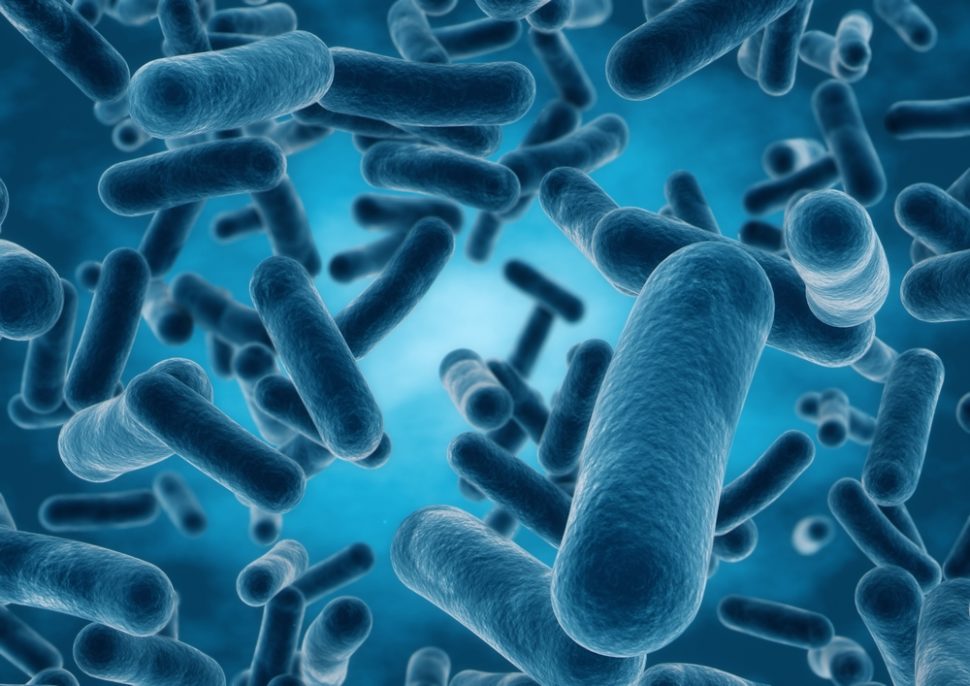Researchers from the University of Cambridge just created the world’s first living organisms with human-altered DNA code.
According to the team, the lab-grown microbes are a strain of the Escherichia coli bacteria. Their DNA was rewritten entirely, forming a synthetic genome that is four times bigger and more complex than anything created in laboratories before.
The British scientists believe that their breakthrough in synthetic biology may one day lead to the creation of valuable molecules or organisms that can be used to make medicines.
Furthermore, the team claimed that artificial bacteria might also offer some insights into the development of genetic code at the beginning of life here on our planet.
Tom Ellis, the director of the Center for Synthetic Biology at Imperial College London, said in a statement:
“It’s a landmark. No one’s done anything like it in terms of size or in terms of the number of changes before.”
The Human-Made Living Organisms
According to their paper published in the journal Nature, the British scientists dedicated two years to read and redesign the DNA of the E. coli bacteria before creating the living organisms with the altered genes.
The bacteria are alive but are slow in reproducing themselves and have unusual shapes. Their cells are now operating based on a new set of biological rules which allow them to produce proteins with the unique genetic code.
The DNA coiled up within a cell contains the instructions needed for it to function. The DNA letters are read in trios known as codons like TCG and TCA. If the cell needs more protein for growth, it will read the genetic code in charge of producing the protein it needs.
Cells use 64 codons to encode proteins naturally. However, many of these codons are duplicates, appearing to do the same jobs. This intrigued the researchers, making them ask themselves if all these codons are necessary to create life.
They experimented on the E. coli bacteria, removing some of its codons. After over 18,000 edits, the team was able to redesign the genetic code, synthesize them piece by piece, and used them to replace the bacteria’s DNA. Surprisingly, the bacteria survived the ordeal.
The team is now hoping to remove more codons and compress the genetic code of their living organisms more, aiming to see at to what extent they can streamline the genetic code while supporting life.



















Comments (0)
Most Recent